When I was studying my herbal medicine degree in London, I used to walk through Highgate Park every morning. I would stop at a tree with fairy-wing leaves and wonder what it could be.
Meanwhile at uni I was learning about the wonders of the ginkgo tree, wondering if I would ever meet one. It took me a while to marry up that they were one and the same.
Another name is maidenhair tree, but I’ll always think of it as fair-wing tree!
ID features
To me the leaves look like little fairy-wings on long stalks. They are fan-like with veins running straight from the stalk to the top edge. Some of them have a central notch making two lobes. They grow in clusters from short stubby twigs that look like mini stacks of pancakes.
The tree I harvested from is female and I could see quite a few fruits starting to form within each leaf cluster. Some will mature to about the size of a damson and turn the colour of custard. They have an unpleasant scent are very squashy and inedible.
They are very resistant to pollution and so are being planted more and more in cities. Most trees planted in urban areas are male to avoid the smell of the fruit.
The trees grow quite tall and slim with erratic branching. Older trees widen a little at the top.
During autumn, the leaves turn a similar custard colour to the fruit. They are known to create a bright skirt surrounding the tree by dropping its leaves in one go.
Medicinal uses
Ginkgo is known for its benefits to brain health. It is a cognitive enhancer that improves thinking, learning and memory. This makes everyday life easier and evens out the mood.
It works by widening the blood vessels to allow more oxygen and nutrients to the brain, as well as providing high antioxidant action from its high degree of flavonoids.
This high antioxidation is thought to be part of the mechanism that serves to protect the nerves, including the brain. It is widely taken to prevent and stop progression of dementia and Alzheimer’s. It is also protective to the blood vessels and heart muscle and is used in the treatment of tinnitus.
The dried leaves are believed to be most potent, and modern research has centred on using standardized extracts of the powder. It is one of the most widely purchased of herbal remedies.
In China the seeds are used in culinary dishes.
How to make a cuppa
I picked about 10 young leaves including stalk for my teacup. I broke them up and left a couple of small ones whole to look like fairy wings.
Taste
I find them satisfying to munch on. To me they are a little citrusy.
Cautions
Avoid if taking blood thinners as they may potentiate the effects.
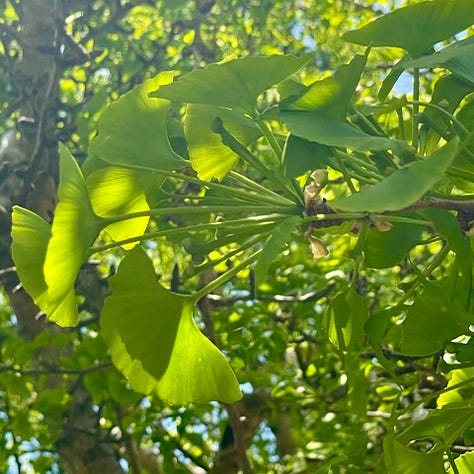
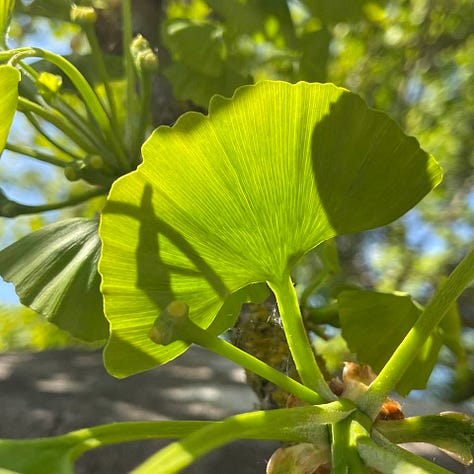
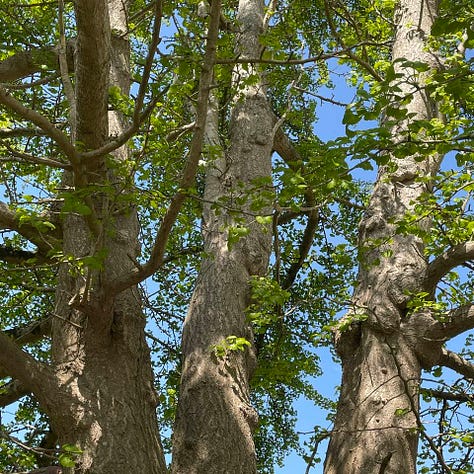
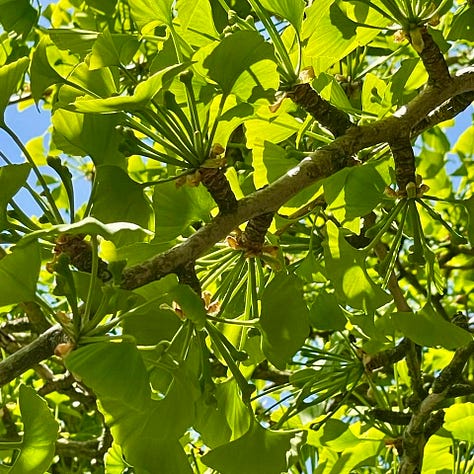

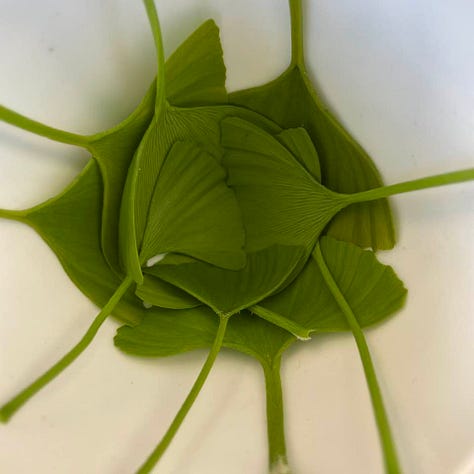
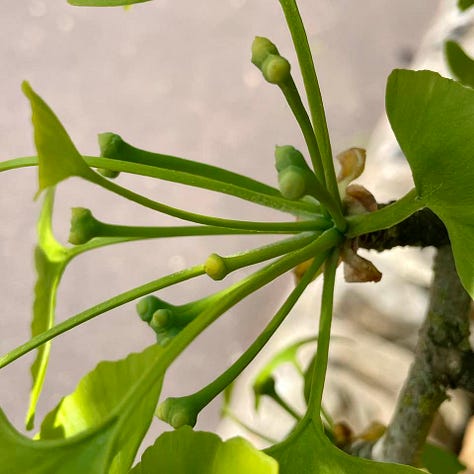
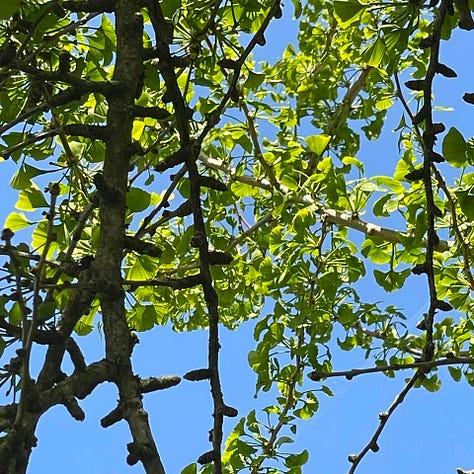
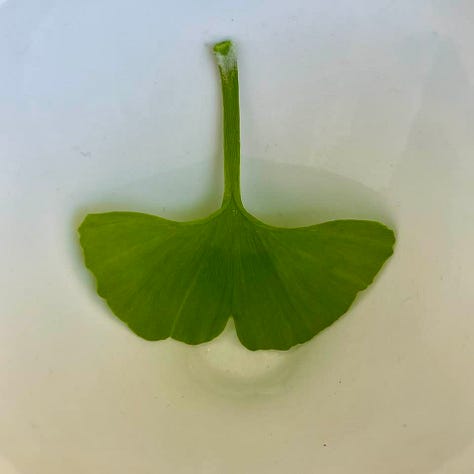
For those Local to me:
You can book me to host a herb walk either one-to-one, with a friend or as a group, (up to 20 participants max.) £10pp for group, or £30 single/in a pair. Bring a flask of hot water for a foraged tea. Contact to arrange date and time. Locations in and around the Bristol and North Somerset area.
sarah-janecobley@healthneedsthyme.co.uk
Herbal Medicine Consultations
I am a qualified medical herbalist, trained in much the same way as a GP. However, my medicines are from nature's medicine chest. They nourish and strengthen so that your body can heal itself. I offer consultations via video call and send tonics out in the post. Email me to book an appointment: sarah-janecobley@healthneedsthyme.co.uk





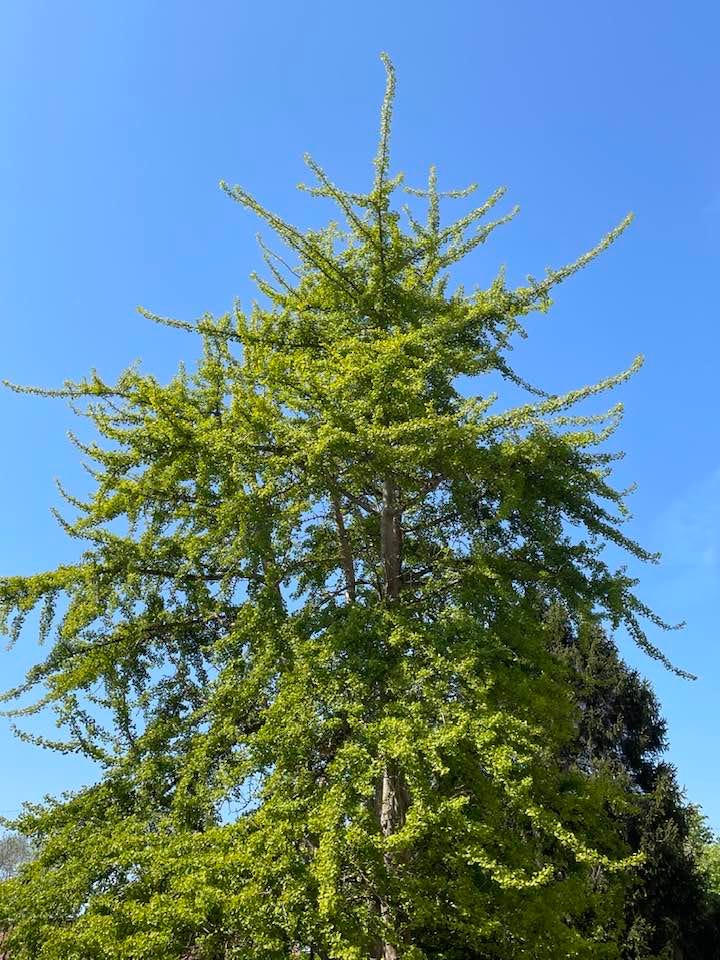
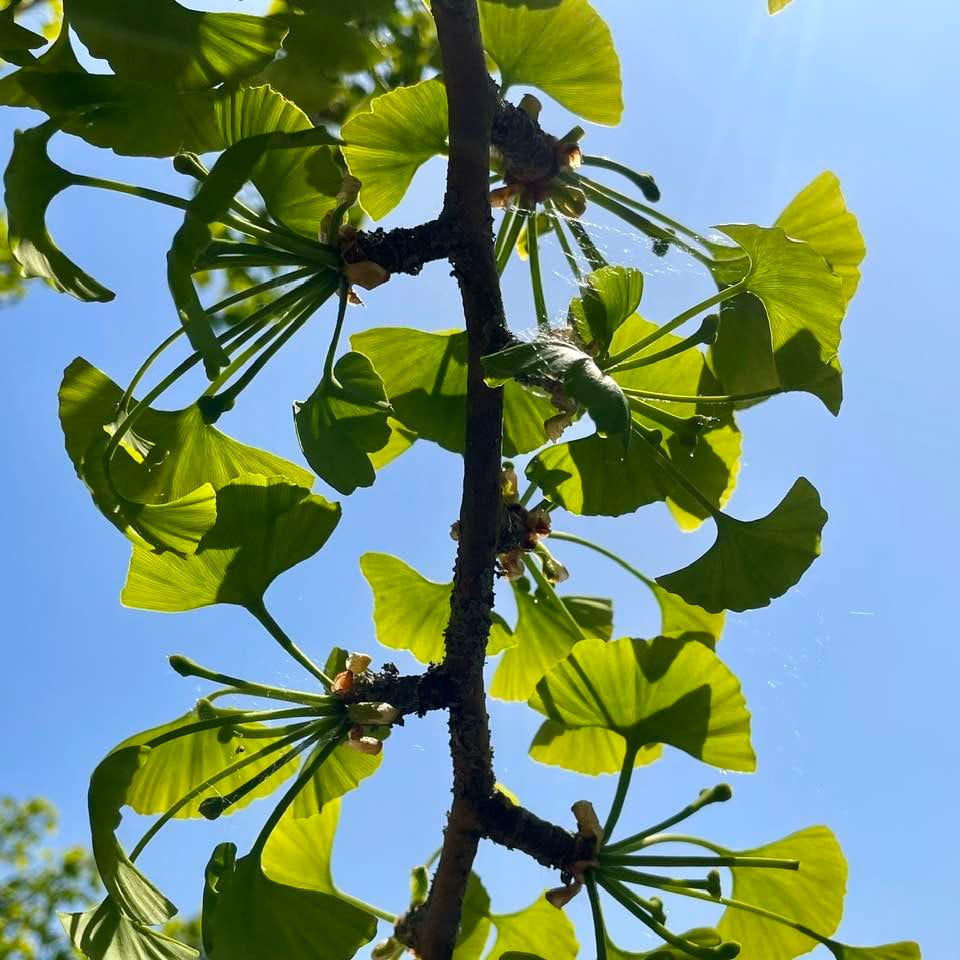
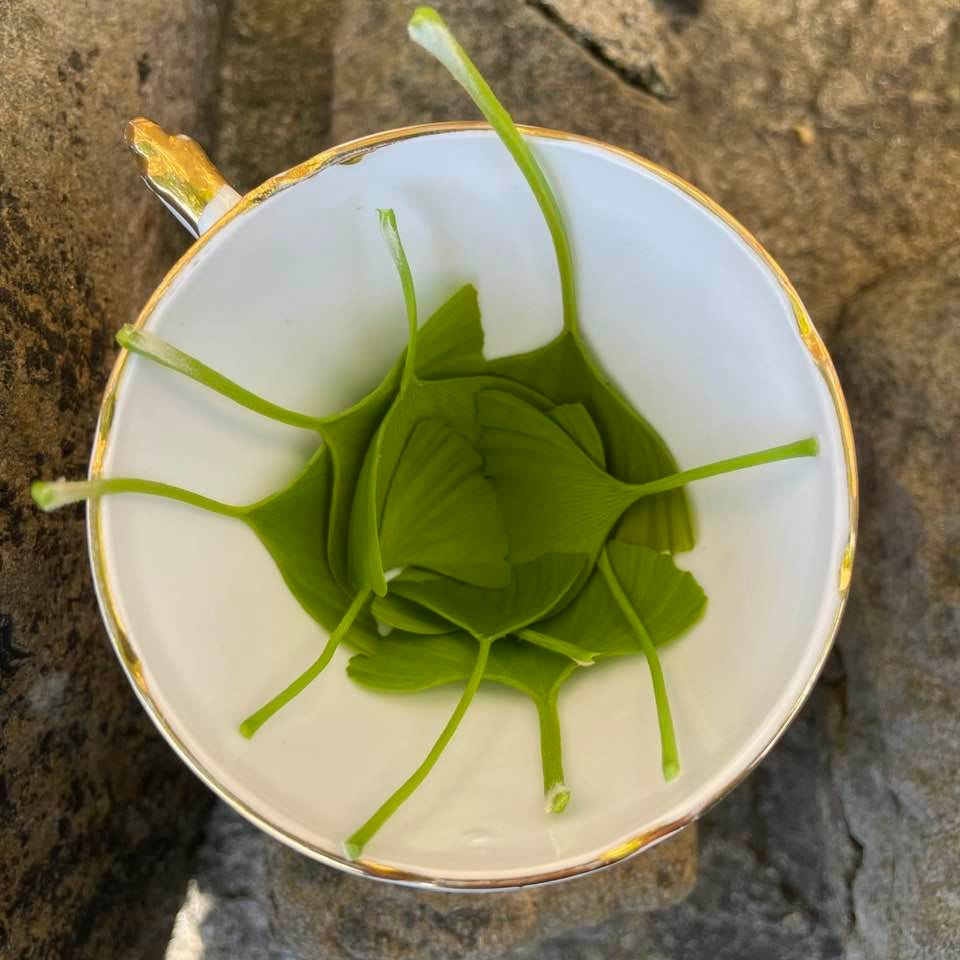
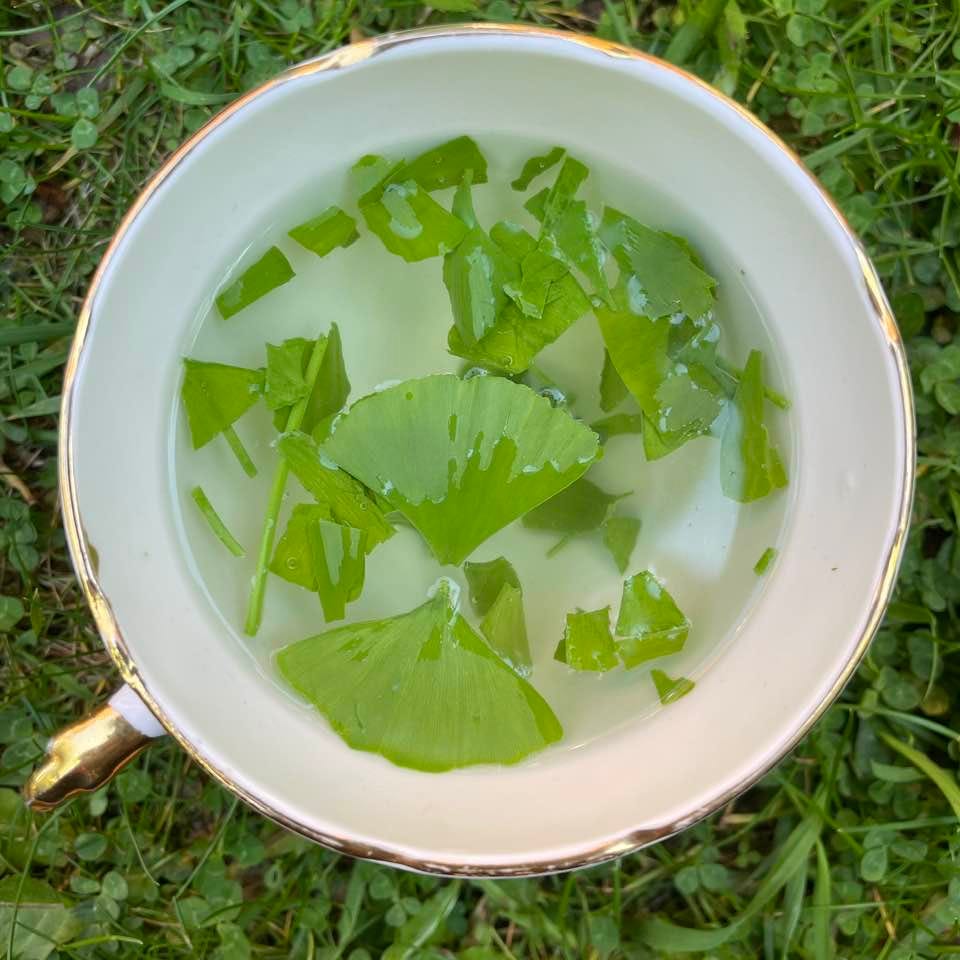
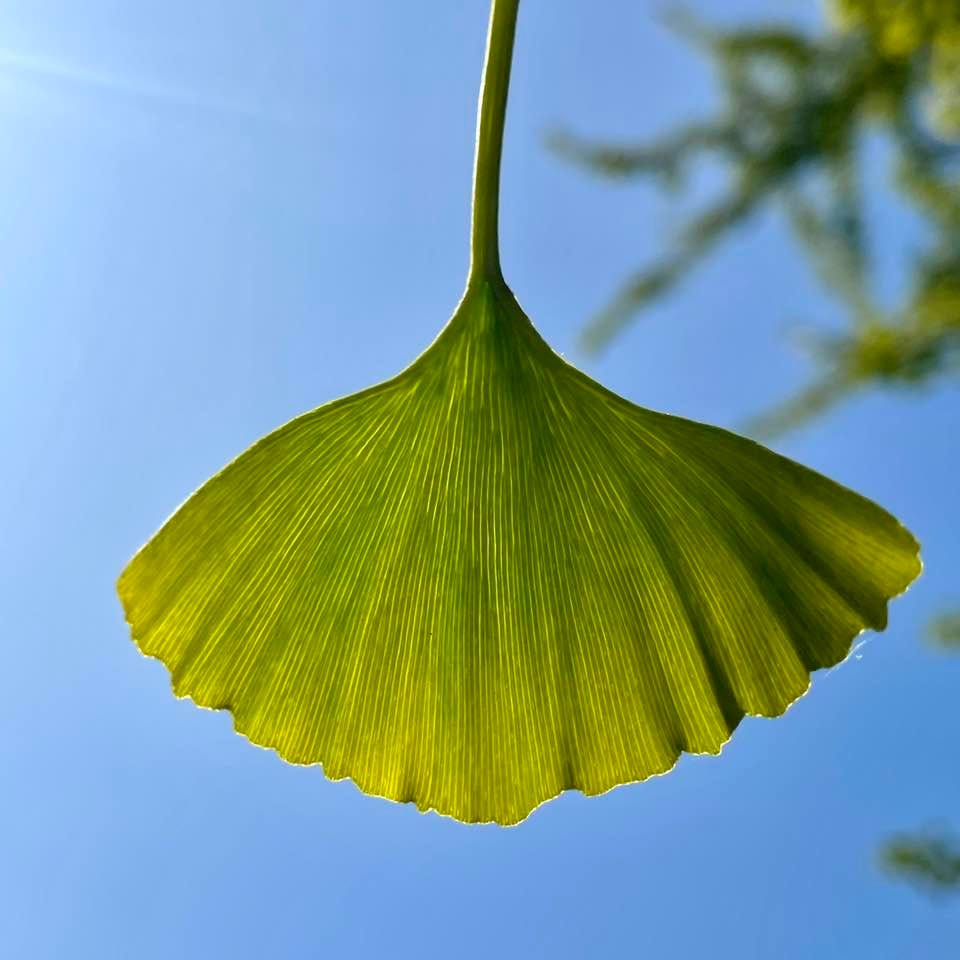







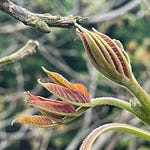

Share this post